Search

SDSU Extension welcomes new water specialist
November 28, 2023
South Dakota State University Extension is pleased to welcome Sushant Mehan as a new Water Resource Engineer Specialist and assistant professor.

Soil Carbon Cycle and Laboratory Measurements of Carbon Related to Soil Health
Carbon is one the most-important elements in agricultural soils. Take in-depth look at how carbon is understood, measured, and managed to benefit soil health in agricultural production.
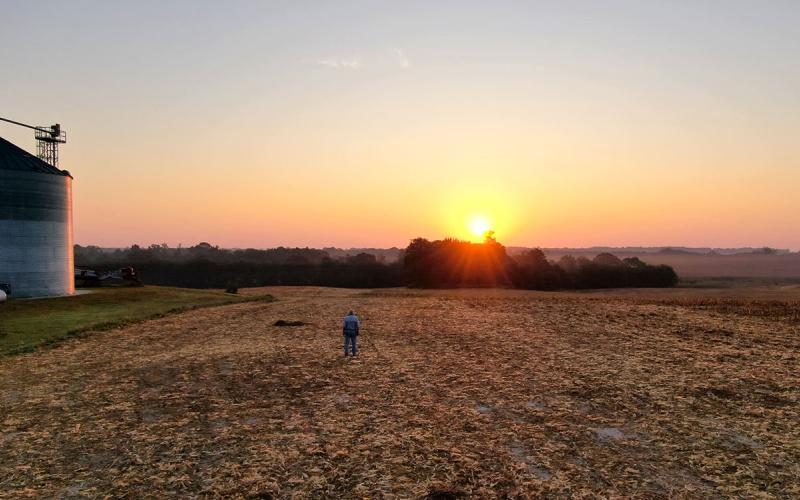
Does the GREET Carbon Model Address Soil Health Principles?
Learn how the recent Greenhouse Gases, Regulated Emissions, and Energy Use in Technologies (GREET) production model lines up with the Five Soil Health Principles.
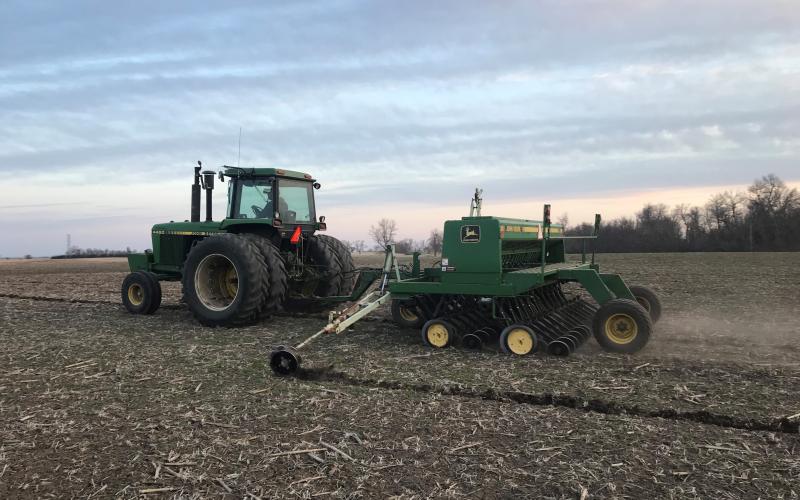
SDSU Extension Crop Hour webinar series starts in January
December 11, 2023
South Dakota State University Extension’s 2024 Crop Hour webinar series will start Jan. 9, with webinars hosted from 10 a.m. to 11 a.m. CST every Tuesday, Wednesday and Thursday for nine weeks.
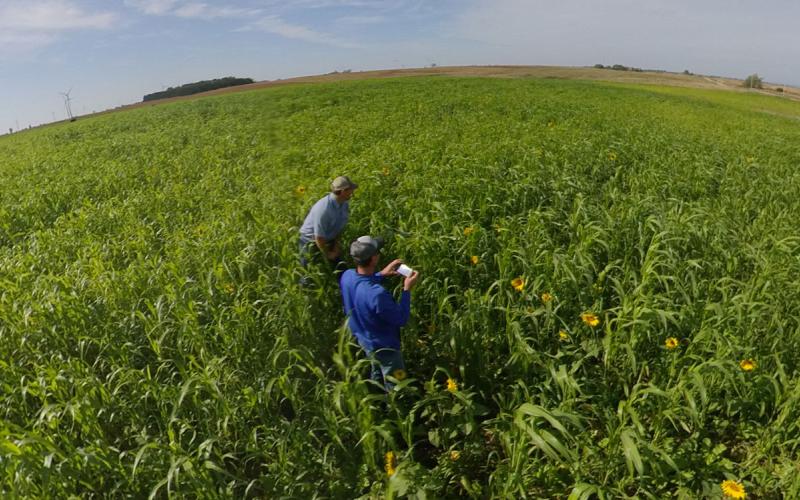
Does the COMET Carbon Model Address Soil Health Principles?
The COMET-Farm model, developed by USDA/NRCS and Colorado State University, is a whole farm and ranch carbon and greenhouse gas accounting system. Learn how it addresses the Five Soil Health Principles.

South Dakota Pest Management Guides
The South Dakota Pest Management guides are now available for free. The guides offer recommendations for controlling weeds, insects, and diseases in a variety of South Dakota crops.
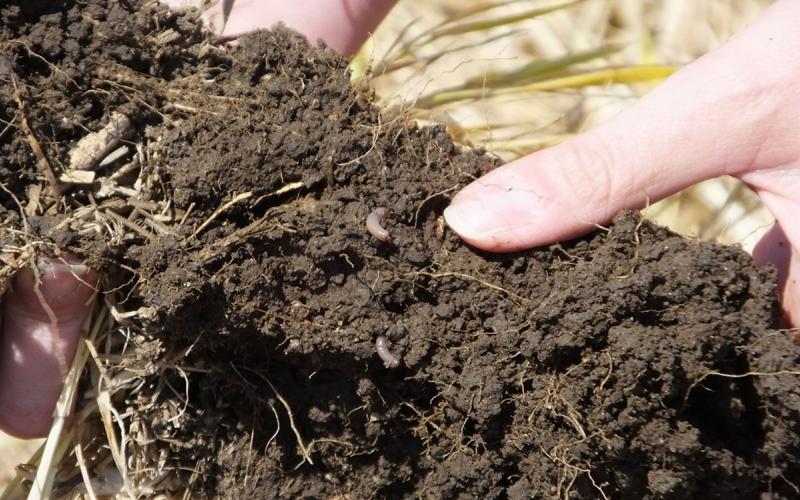
What Makes Up a Healthy Soil?
Healthy soil has strong soil structure that stays together whether it’s wet or dry. Learn about the many components that combine to make soil healthy.

Improving Yield Data Accuracy: Challenges and Solutions
Fact sheet about improving yield data accuracy

Weed Control Field Test Data
Data books to use as a reference to select appropriate herbicide(s) for row crops
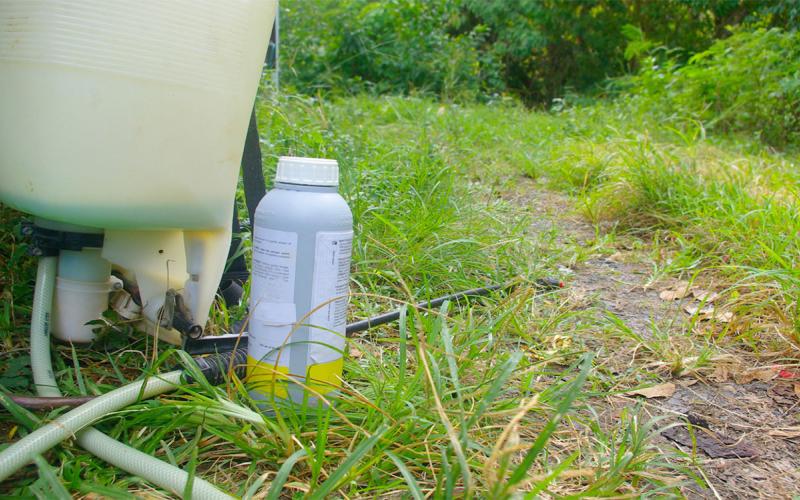
SDSU Extension 2024 private pesticide applicator training dates set
January 12, 2024
South Dakota State University Extension’s 2024 winter and spring private pesticide applicator certification training sessions are set.